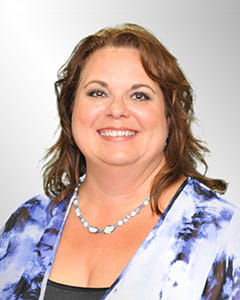Is it a speech problem or something much more? Learn about Childhood Apraxia of Speech.
Many children are diagnosed annually with a developmental speech sound disorder because they can’t say their r’s or say things like “tat” for “cat”. It is reported that the occurrence of speech sound disorders ranges from 2% to 25% of children aged 5 to 7 years old. These speech issues are considered developmental because they follow a typical developmental pattern in the early stages of speech development, but for whatever reason, do not correct themselves by a developmentally appropriate age. Most of these children can improve these issues with traditional therapy services provided by a licensed speech pathologist. However, in approximately 3-4% of those children referred for a speech sound disorder it is a much more complicated issue known as Childhood Apraxia of Speech (CAS).
As explained by Apraxia-kids.org, Childhood Apraxia of Speech (CAS) is a motor speech disorder that first becomes apparent as a young child is learning speech. For reasons not yet fully understood, children with apraxia of speech have great difficulty planning and producing the precise, highly refined and specific series of movements of the tongue, lips, jaw and palate that are necessary for intelligible speech. Apraxia of speech is sometimes called verbal apraxia, developmental apraxia of speech, or verbal dyspraxia. No matter what name is used, the most important concept is the root word “praxis.” Praxis means planned movement. To some degree or another, a child with the diagnosis of apraxia of speech has difficulty programming and planning speech movements. Apraxia of speech is a specific speech disorder. This difficulty in planning speech movements is the hallmark or “signature” of childhood apraxia of speech.
The challenge and difficulty that children with apraxia have in creating speech can seem very perplexing to parents, especially when they observe the skill of learning to speak developing seemingly without effort in other children.
Typical signs and symptoms of a developmental speech sound disorder include:
- Omission of sounds (says “daw” for “dog”)
- Substitution of sounds (says “tat” for “cat”)
- Addition of sounds
- Distortion of sounds
In CAS there is not the same level of predictability. Signs and symptoms include:
- Highly inconsistent error patterns/unpredictable error patterns
- Vowel deviations are prevalent
- Often demonstrate lack of progress with traditional therapy strategies
- May acquire later developing sounds while missing earlier developing sounds (atypical sound acquisition)
- May add sounds or syllables to words
- May have difficulty with multi-syllabic words.
- May say a difficult word once, but unable to repeat it.
- Often have difficulty as utterance length increases.
- Prosodic errors are prevalent.
Because Childhood Apraxia of Speech is a communication disorder, the most qualified professional to provide assessment, evaluation, and diagnosis is a licensed speech-language pathologist (SLP). The Childhood Apraxia of Speech Association of North America (CASANA) recommends that children with CAS be followed by a speech-language pathologist who specializes in this speech disorder. CASANA has begun educating speech pathologists throughout the United States and Canada to be specialists in treating CAS as well as advocates for these patients who often have a difficult process to acquire speech. I was lucky to have been selected as 1 of 64 candidates to attend CASANA’s training and am well on my way as becoming recognized for advanced training and expertise in Childhood Apraxia of Speech. If you have questions about your child’s speech sound disorder, would like a second opinion, or just need more information about CAS, please do not hesitate to contact me. You may find more information:
Childhood Apraxia of Speech Association of North America: www.aprakia-kids.org
American Speech-Language and Hearing Association: www.asha.org







